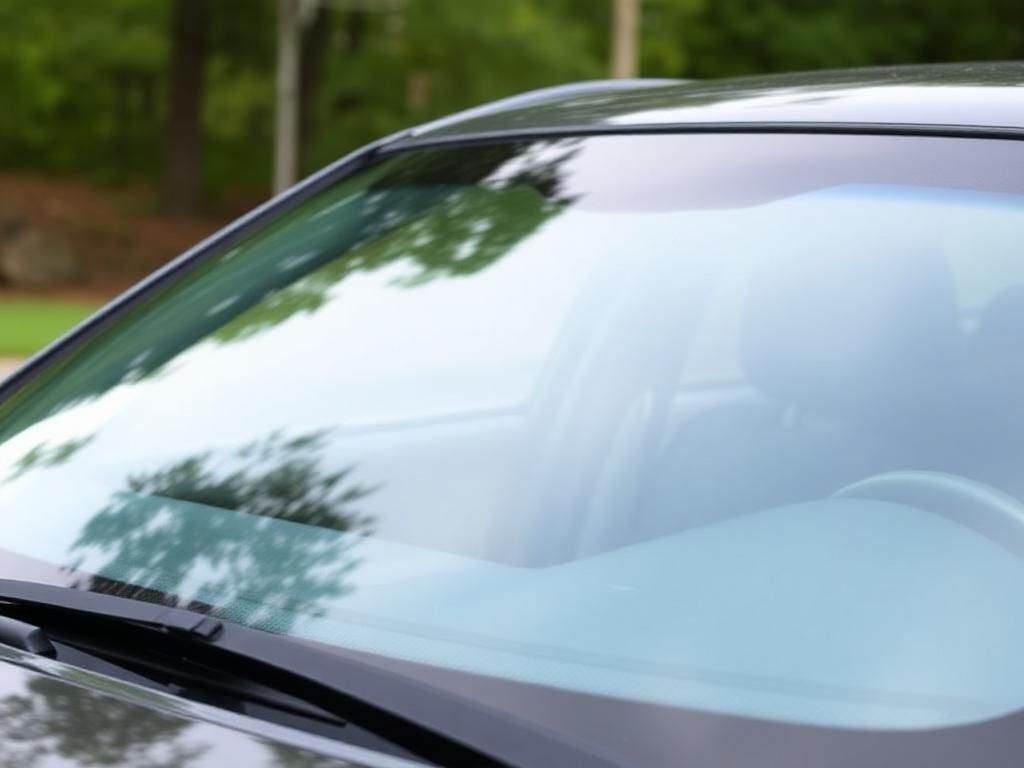Understanding the intricacies of windshield tint laws in NC is essential for vehicle owners who wish to enhance their driving experience and comfort. Windshield tinting is a popular modification that not only adds aesthetic appeal but also offers numerous benefits, such as UV protection, heat reduction, and increased privacy. However, without a thorough understanding of local regulations, drivers can unknowingly violate tint laws, leading to fines and other repercussions. This article aims to provide a comprehensive overview of the laws surrounding windshield tinting in North Carolina to ensure you stay informed and compliant.
Understanding Windshield Tinting
What is Windshield Tinting?
Windshield tinting involves applying a film to the glass of your vehicle’s windshield and windows, enhancing the overall protection from harmful UV rays and heat. The primary purpose of tinting is to create a more comfortable driving environment by reducing glare and heat build-up. The benefits of windshield tinting extend beyond comfort; it also provides increased privacy and protects your interior from sun damage.
Types of Window Tint Films
There are several types of window tint films, each offering distinct advantages:
- Dyed Tint: This film contains dye that absorbs solar heat. It’s an economical option but does not provide significant UV ray protection.
- Metalized Tint: Contains tiny metallic particles that reflect heat. It offers durability and blocks harmful UV rays but can interfere with electronic signals.
- Ceramic Tint: A premium option that offers excellent UV protection and heat reduction without blocking signals. It’s non-reflective and highly durable.
- Crystalline Tint: This advanced film rejects heat and UV rays while maintaining visibility. It’s an ideal choice for drivers who want little to no tint but still desire sun protection.
North Carolina Windshield Tint Laws
Overview of NC Tint Regulations
North Carolina has specific regulations regarding windows and windshield tinting. Understanding these regulations is vital for avoiding penalties. Failing to comply with NC laws can result in citations, fines, and possibly being required to remove your tint.
Specific Tint Percentage Restrictions
Different window areas have specific tint percentage requirements:
- Front Windshield: The front windshield must allow more than 32% of light in. Additionally, any tint on the windshield must be above the AS-1 line or top five inches of the glass.
- Front Side Windows: The front side windows must also allow more than 32% of light in. This limit is to ensure driver visibility and safety.
- Back Side Windows and Rear Windshield: There are no percentage restrictions on back side windows or the rear windshield. Drivers have the flexibility to choose their tint, but it must not obstruct the driver’s view.
Reflected Light and Tinting
In addition to light transmission restrictions, North Carolina places limits on the amount of reflected light. The front windshield must have a reflectivity of 20% or less, while the rear windows can be more reflective. This distinction helps ensure visibility and safety while driving.
Medical Exemptions for Tinting

Eligibility Criteria for Medical Exemptions
Certain medical conditions may qualify individuals for exemptions from the standard tinting regulations in North Carolina. Conditions such as lupus or skin cancer may necessitate added UV protection through darker window tints.
To apply for a medical exemption:
- Obtain the necessary documentation from a licensed physician that details your condition and need for tinted windows.
- Submit an application form to the North Carolina Department of Transportation (NCDOT) alongside your medical documentation.
- Once approved, you will receive a sticker to be placed on your vehicle, indicating your eligibility for the exemption.
Penalties for Violating Tint Laws
Potential Consequences of Non-Compliance
Understanding the repercussions of violating widshield tint laws in NC is crucial for vehicle owners. The penalties may include:
- Fines: Drivers caught with illegally tinted windows can face fines upwards of $100, which can escalate with repeated offenses.
- Inspection Requirements: Vehicles with illegal tint may fail inspections, requiring additional costs to rectify the situation.
- Other Legal Repercussions: Accumulating points on your driving record can lead to insurance rate increases, making it more expensive to maintain your vehicle.
Best Practices for Tinting Your Windshield
Choosing the Right Tinting Service
Selecting a reputable tinting service is critical to ensuring compliance with NC windshield tint laws. Here are some tips:
- Research local tinting shops and read reviews to find a certified and experienced professional.
- Ask installers about their knowledge of local laws to ensure proper compliance.
- Request a portfolio of previous work to evaluate their expertise and quality.
Regular Maintenance and Inspections
After installing tint, regular maintenance is crucial:
- Inspect your tinted windows for fading, bubbling, or peeling regularly. Early intervention can prevent further damage.
- Clean your tinted windows with non-ammonia cleaners to prevent damage.
- Adhere to any manufacturer recommendations regarding maintenance to prolong the life of your tint.

Table of Key Windshield Tint Specifications in North Carolina
| Window Area | Legal Tint Percentage | Reflectivity Limit |
|---|---|---|
| Front Windshield | More than 32% | 20% or less |
| Front Side Windows | More than 32% | N/A |
| Back Side Windows | No limit | N/A |
| Rear Windshield | No limit | N/A |
Conclusion
Recapping the importance of adhering to windshield tint laws in NC, it is crucial for every vehicle owner in the state to stay informed of local regulations. Understanding the specific requirements, benefits of tinting, and potential penalties can ensure a safe and enjoyable driving experience. Furthermore, consulting with local authorities or legal experts regarding tint laws is encouraged for clarity and compliance.
Additional Resources
For more information on windshield tint laws and guidelines, consider visiting the following links:
Frequently Asked Questions (FAQ)
1. What is the legal tint percentage in North Carolina for windshields?
The front windshield must allow more than 32% of light in, while there are no restrictions on the back window tint.
2. Can I have a darker tint if I have a medical condition?
Yes, individuals with qualifying medical conditions can apply for an exemption from standard tint laws.
3. How do I know if my tint is compliant with NC laws?
Consulting with a reputable tinting professional who is familiar with NC laws is the best way to ensure compliance.
4. What are the penalties for illegal window tinting?
Penalties may include fines, failing vehicle inspections, and points on your driving record.
5. Is it possible to remove tint once applied?
Yes, tint can be removed, but it’s best done by a professional to prevent damage to the glass.
6. Can I do the tinting myself?
While DIY tinting is possible, it’s recommended to have it done by professionals to avoid legal issues and ensure quality installation.
7. Are there any tint brands that are recommended for compliance?
Brands that specialize in automotive window films and comply with state laws, such as 3M or Llumar, are often recommended.
8. Can I drive immediately after getting my windows tinted?
It’s advised to wait at least a few hours to allow the tint to adhere properly, depending on the weather and specific product used.
9. Are there restrictions on tint reflectivity?
Yes, the front windshield must not reflect more than 20% light, while the back windows can have higher reflectivity.
10. How do I apply for a medical exemption for window tinting?
You must provide documentation from a physician attesting to your condition and submit an application to NCDOT.